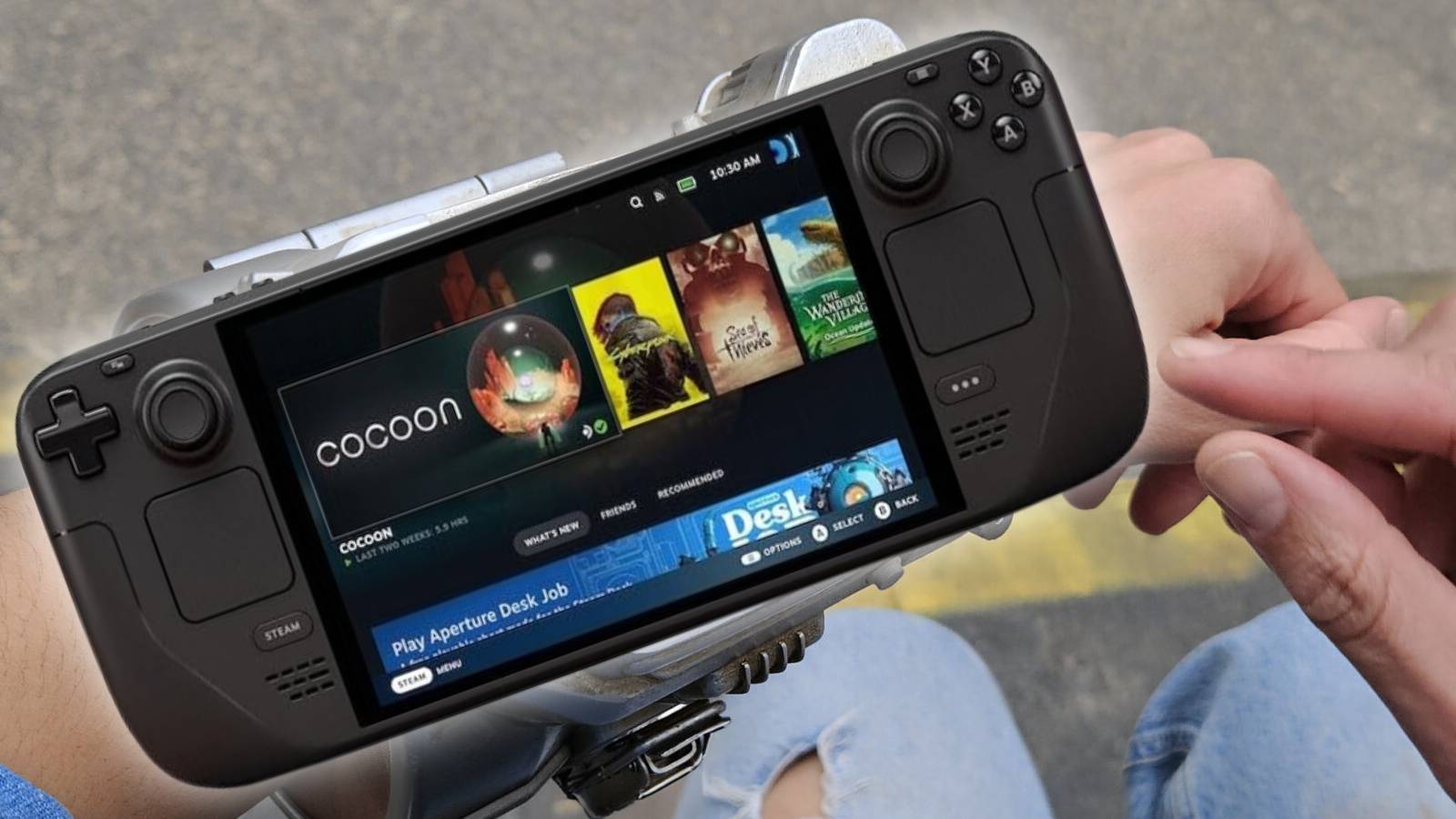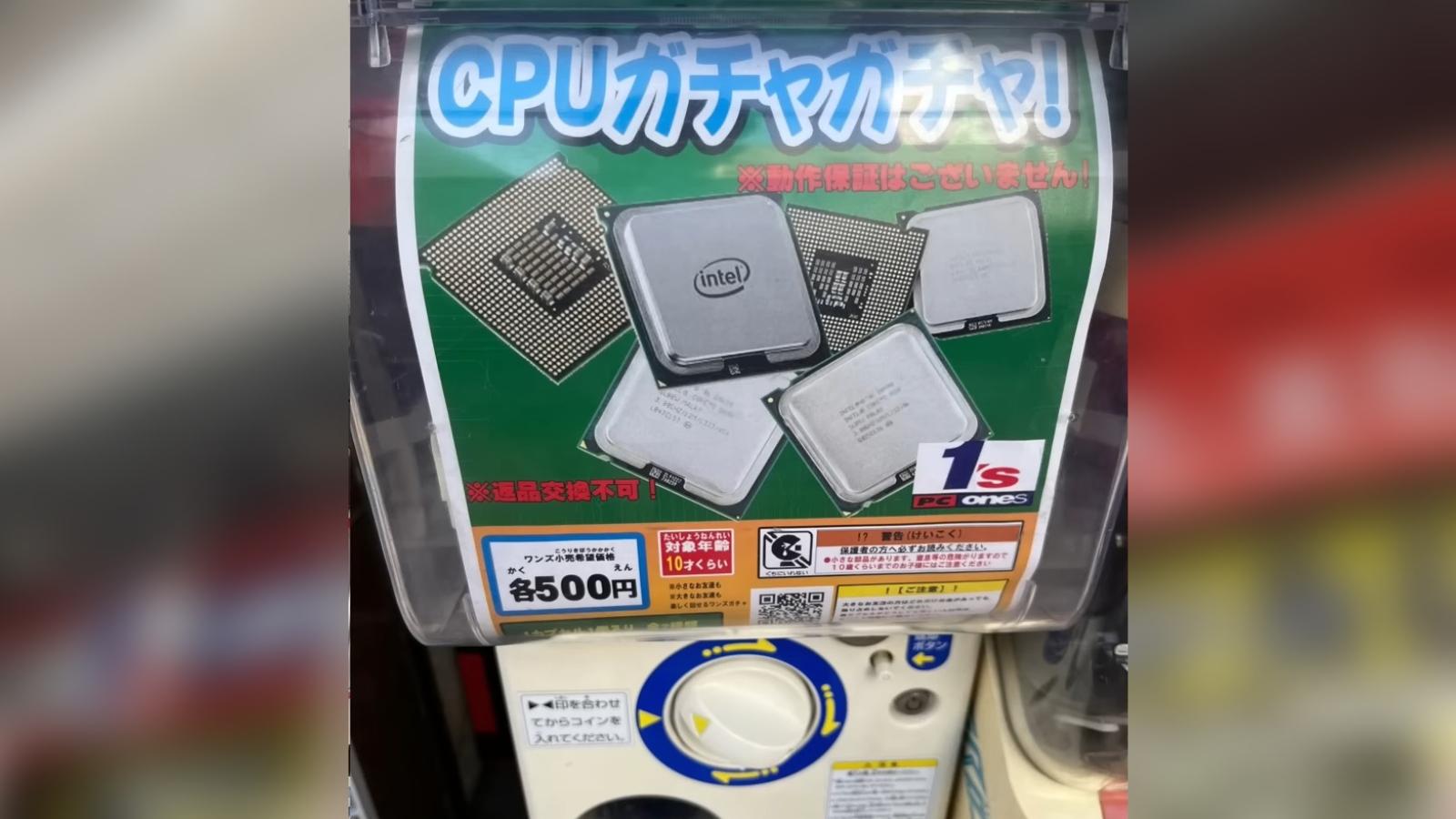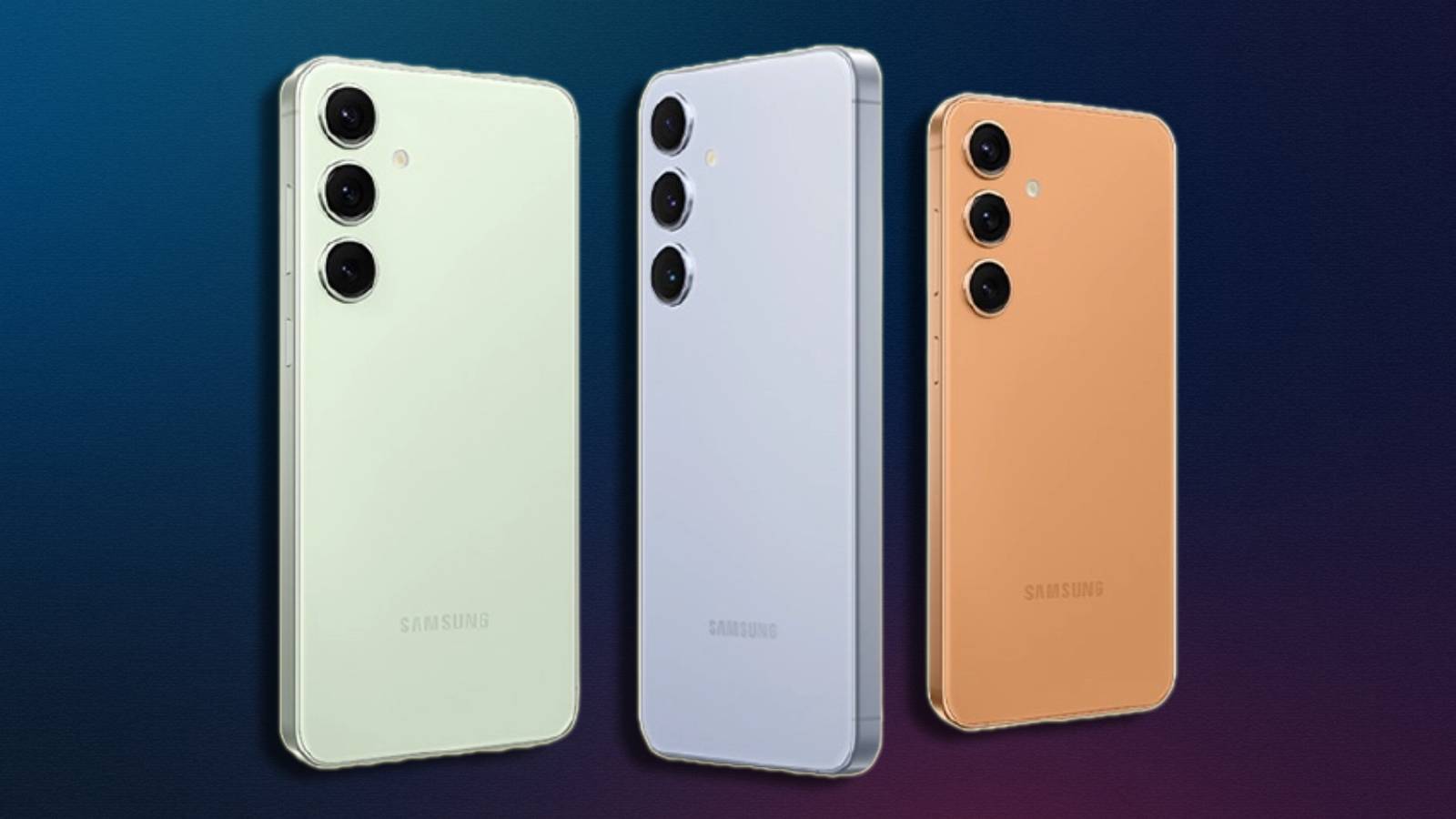Best MacBook alternatives: Framework, Razer & more
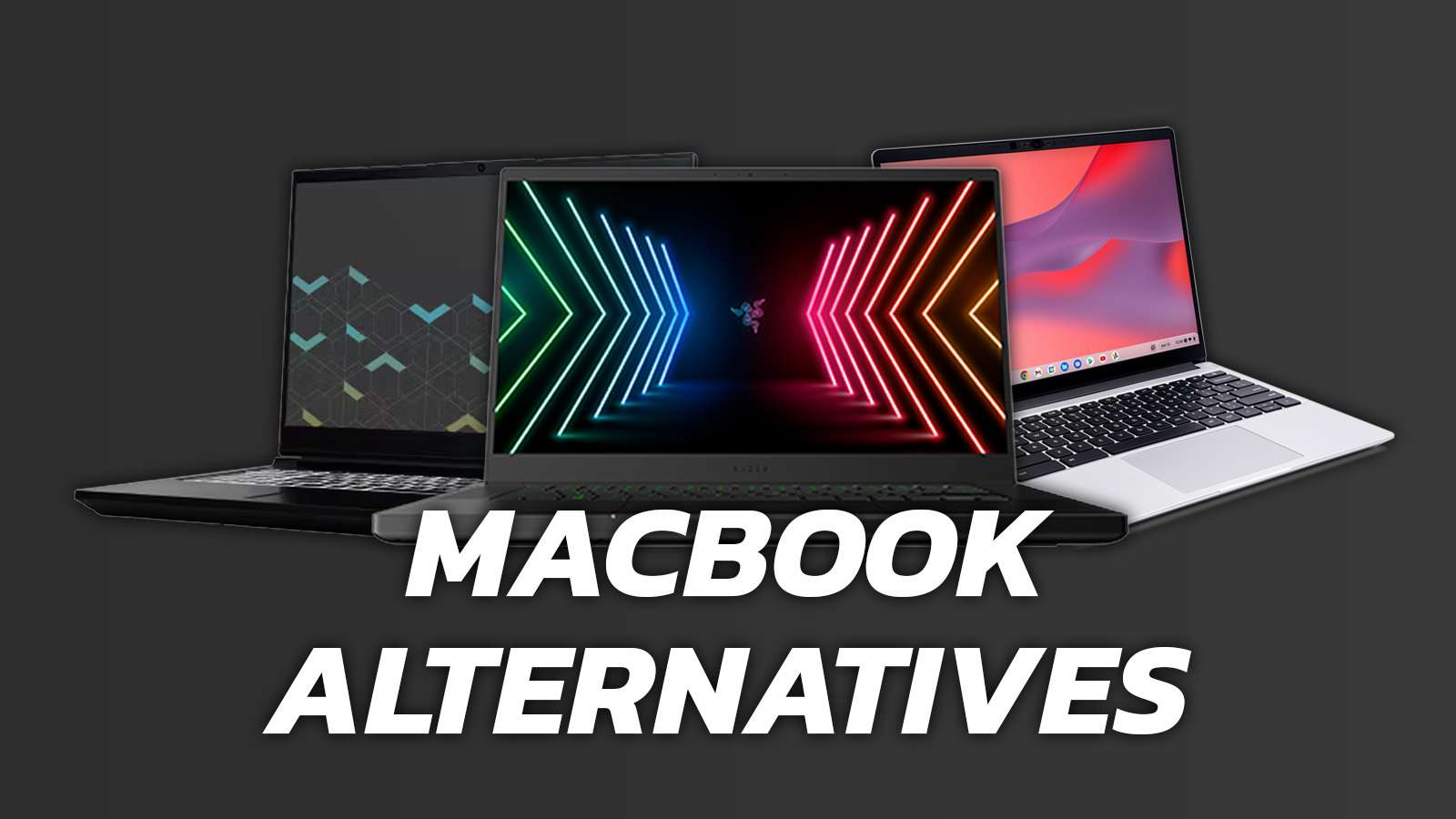
Looking to buy a MacBook alternative for your work or school? Well, don’t fear; Dexerto is here to help you out with the best options to choose from
Switching from Mac to Windows is difficult, and suggesting a MacBook alternative is even more challenging. This is primarily because all the new MacBooks use Apple’s in-house chipsets.
These new chipsets ensure that the MacBook remains thin, looks fantastic, and offers unparalleled battery backup apart from raw power that you don’t normally associate with laptops. It’s easy to say that these new chipsets have made the MacBook the favorite of everyone.
The recent releases from the Californian monolith have all been excellent. If you weren’t after an alternative, we’d still say to grab one of their newer M3 MacBook Pros, as they’re near perfect in terms of performance and options.
That said, not everything is lost on the Windows side of the world. Some machines still boast performance, looks, and power similar to the new M2 or M3-powered laptops.
So, if you want something that isn’t from Apple, we break down what you should look for and, eventually, commit to purchasing.
What to look for in a MacBook Alternative
When recommending something as an alternative, we need to consider what a current MacBook houses, that could be replicated elsewhere.
For content creators, a powerful GPU and CPU combo to compete with Apple Silicon’s high-end machines using M3 Pro and M3 Max. Though, something that’s svelt and easy to lug around, rather than a gangly beast.
Gaming isn’t necessarily something we should be considering here, but, the M2 and M3 series of laptops have proven themselves to be quite adept at playing a variety of titles through emulation of old consoles, or even modern Windows environments.
Every day uses too. The MacBook is a sublime office and everyday device due to its lack of flair and faff. Comfortable keyboards, and large trackpads.
Then, finally, those who like to tinker, or need something with a little bit more capability than your average PC environment. It shouldn’t surprise you why some developers wind up using macOS over everything else.
1. Framework 16
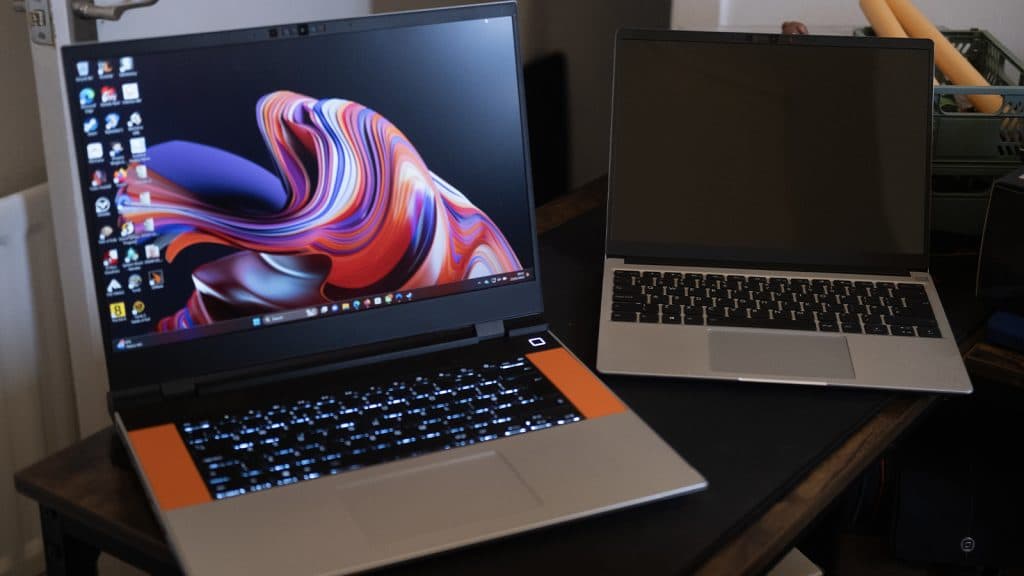 Dexerto
DexertoWhen we reviewed Framework 13, we weren’t only blown away by its upgradability and modular options. No, we loved that it performed spectacularly in terms of coming in with a 12th-generation Intel chip. The Framework 16 is the next logical step in the Framework experiment. It delivers a unique blend of customization and repairability.
It comes with a 16-inch, 2560×1600, 165Hz display with an IPS panel. The connectivity ports on the laptop are unmatched thanks to Expansion Card slots. You can pop in whatever port you need: HDMI, DisplayPort, USB-C, USB-A, 3.5mm audio, Ethernet, or even a MicroSD card reader.
Framework 16 offers well-rounded CPU and GPU performance. It provides enough power to allow you to do demanding tasks and gaming, while being completely usable as an everyday device as the MacBook was originally envisioned. The laptop’s battery life is also quite good, considering it gets discrete graphics.
2. Razer Blade (14 and 16)
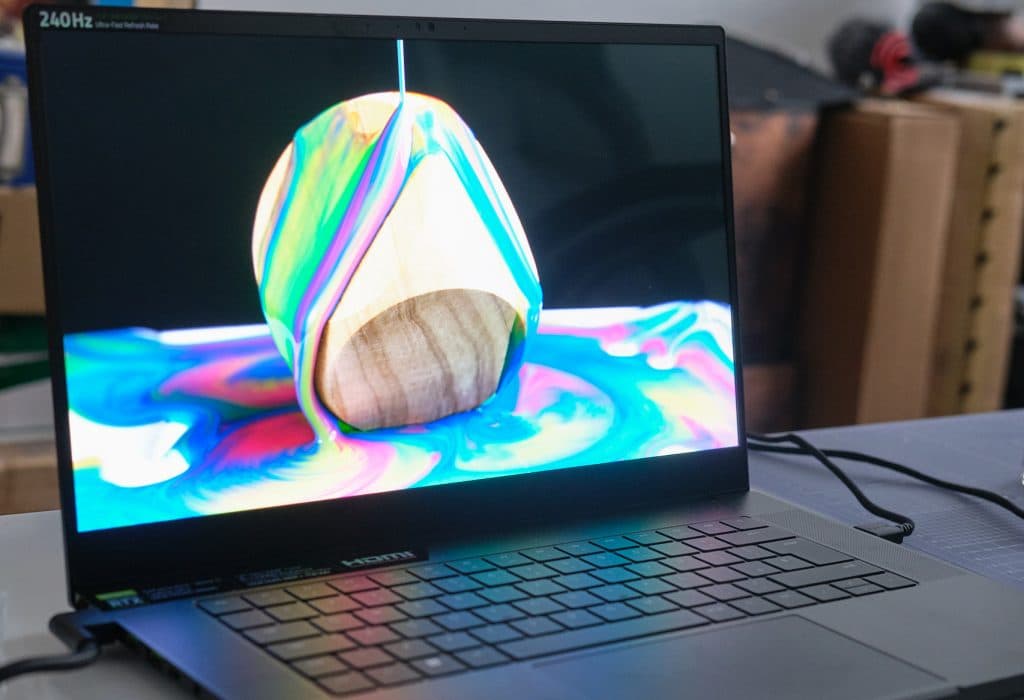 Dexerto
DexertoThe Razer Blade is unquestionably the best choice when moving from macOS to Windows, to try to replicate the finesse of a MacBook Pro. From its lush design to the excellent onboard specs, Razer knows how to make a laptop.
We’ve recommended both the 16 and 14-inch variations, as it depends on what you want to carry with you. A Razer Blade 14 is considerably lighter and uses AMD CPU and GPU. The Blade 16 uses an RTX-40 series GPU and Intel Raptor Lake CPU.
Razer’s laptops are truly sublime to use. It’s not even just at a gaming level, but the specs on board allow you to get creative. The 2022 version comes booted with an excellent high refresh rate OLED screen. The latest Razer Blade 16 also comes with “dual display” technology to let you switch between resolutions and refresh rates with a simple restart.
3. Microsoft Surface Laptop Studio 2
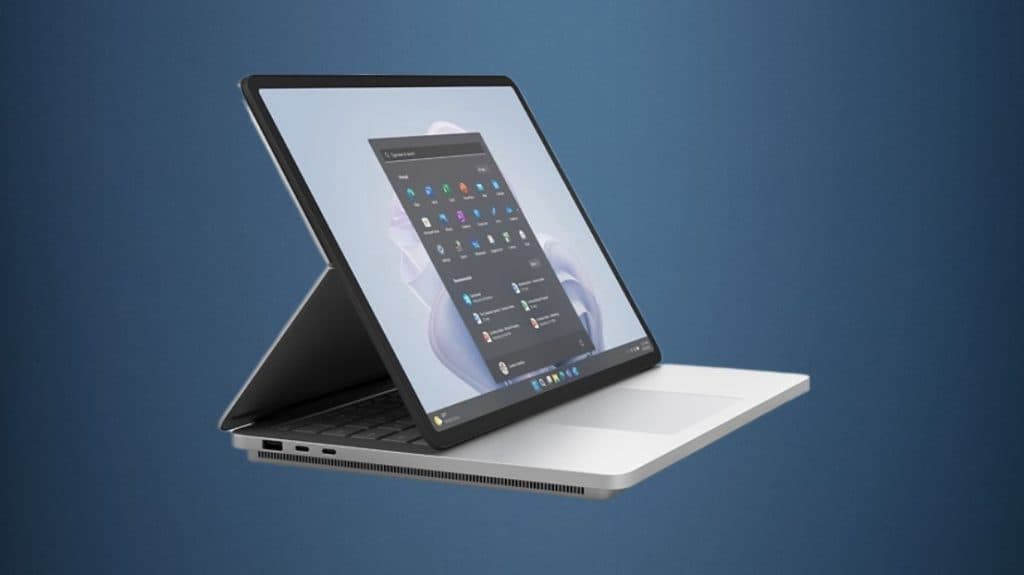 Microsoft
MicrosoftMicrosoft’s Surface Laptop Studio 2 is a one-of-a-kind creative laptop with a convertible touchscreen. The display measures 14.4 inches diagonally, with a 2,400-by-1,600-pixel native resolution, a touch-capable surface, and a 120Hz refresh rate. It’s a sharp-looking display that lets you use a stylus.
Microsoft has decided to drop the Intel processor choices and is sticking with the 13th-gen Core i7 H-series chip. You have a range of graphics options. The base model ships with Intel’s low-power integrated graphics. If you want more power, you can upgrade to Nvidia’s low-end GeForce RTX 4050 or 4060 for an extra cost. And if you want to max it out, there’s the option of an RTX 2000.
The Surface Laptop Studio also comes with local AI thanks to a dedicated neural chip. You won’t find this on any MacBook out there.
4. Dell XPS 17 (9730)
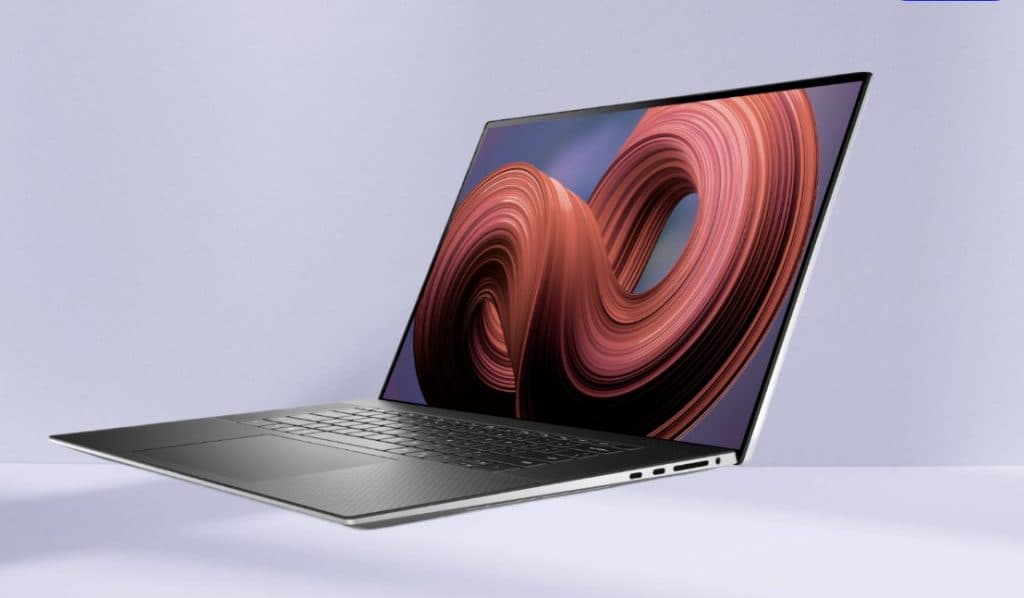 Dell
DellThe Dell XPS 17 offers almost the same that you expect from a Macbook Pro – portability, battery backup, and decent computing performance.
Coupled with a capable Intel Core i7-13700H and up to an RTX 4070 graphics, it is one of the worthiest MacBook Pro alternatives. Together this combination of CPU and GPU ensures that the laptop sails through every task thrown at it including image and video editing and even gaming.
The Dell XPS 17 ships with an exceptionally bright touch-friendly IPS LCD panel, and the ultra-thin bezels make the display look gorgeous.
Apart from the internals, this 17-inch laptop is slightly bigger than the MacBook Pro and makes a style statement thanks to its looks and design. So, if you’re an Apple user looking to switch loyalties, the Dell XPS 17 presents a strong case for itself.
5. Asus ROG Strix Scar 17 X3D
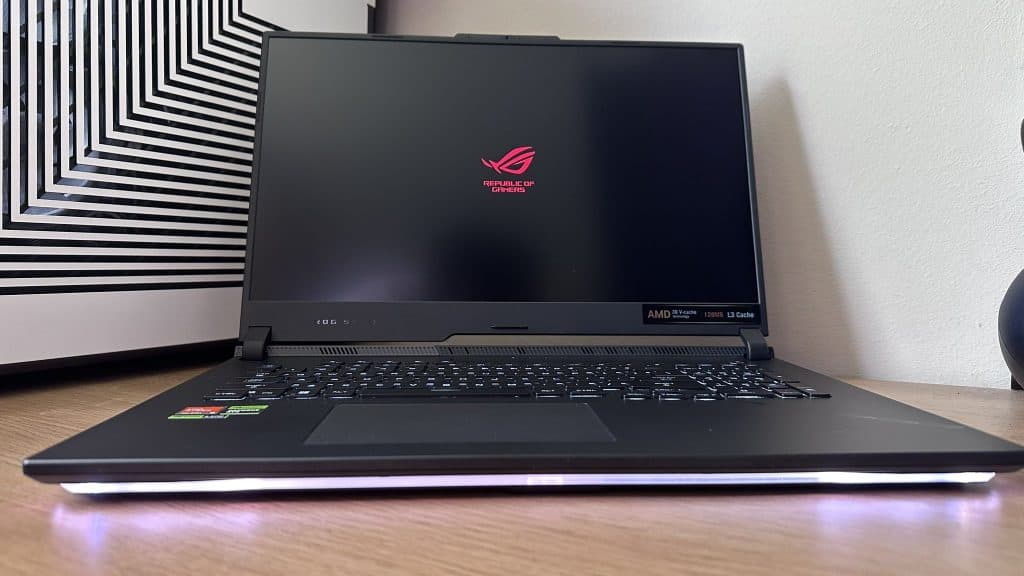 Dexerto
Dexerto The Asus ROG Strix Scar 17 X3D is a portable powerhouse that can rival even high-end desktop PCs. It outperforms the competition and even gives the M3 MacBook Pros a run for their money.
This beast of a laptop packs a Ryzen 9 7945HX3D, a chip with 16 cores, 32 threads, a boost clock up to 5.4GHz, 55W-plus TDP, and a whopping 144MB of total cache. Graphics are handled by the Nvidia GeForce RTX 4090.
It’s an exceptionally well-made machine, one that will serve you well in almost every facet of using a PC, including video editing, gaming, and even as a developer’s machine.
Be sure to check out our other guides
How to force quit on Mac | How to make mac dark mode | How to show hidden files on Mac | How to check airpods battery level | Silence notifications on iPhone | How to turn iPhone off | How to share location on iPhone | How to delete contacts on iPhone | How to make folders on iPhone
If you click on a product link on this page we may earn a small affiliate commission.
